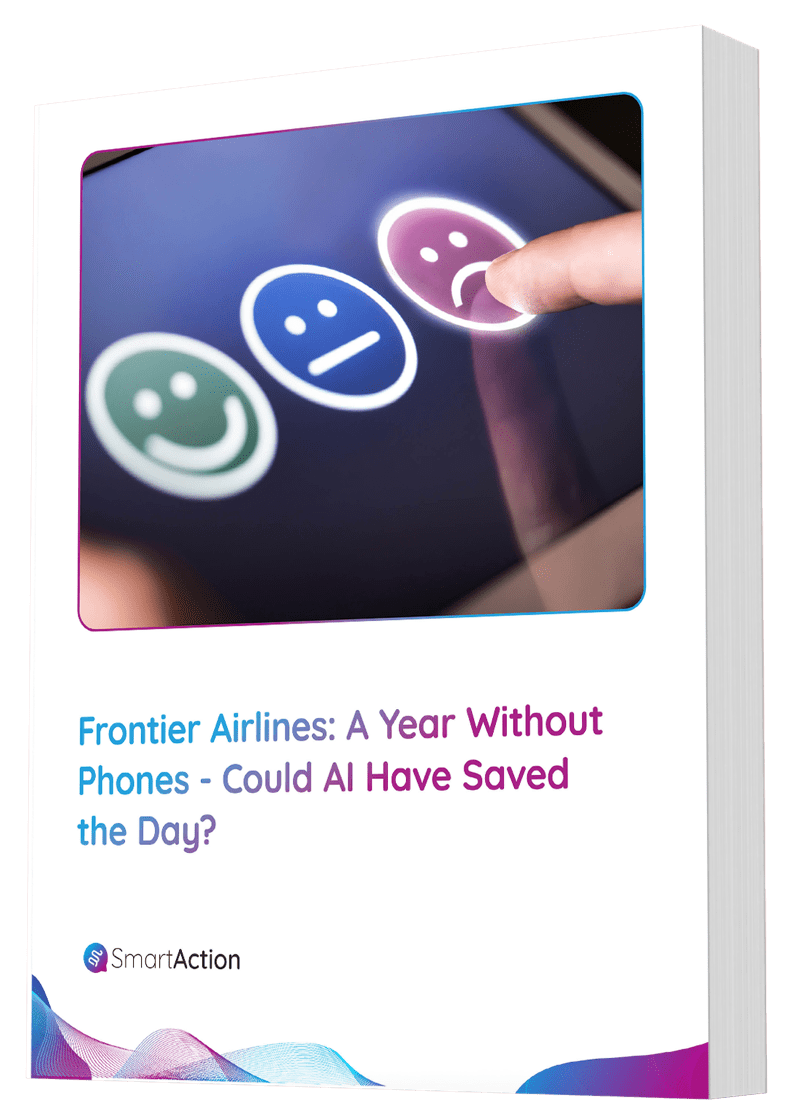Call Center Success with Big Data
While big data can be intimidating, it has undoubtedly become a key tool for businesses looking to stay ahead of the competition. Especially with the rapid spread of mobile devices, international data traffic is growing at an unprecedented speed. The International Data Corporation recently predicted that the big data technology market will grow to $41.5 billion by 2018, at a rate six times faster than the growth of the IT market. It’s more important than ever to not only collect data, but also identify consumer behavior patterns, and apply the findings for more efficient customer service.
In fact, phone calls both generate and consume massive amounts of data. Every conversation is a statistic that reveals insights on consumer behavior. For instance, an analysis of calls from a cable company could reveal that 3-4 days after installation of cable and internet services, most customers will re-initiate contact to ask about pay-per-view movies. Using this large data set, the cable company can be proactive rather than reactive; rather than waiting for the customer to call again, the cable company could ask customers about pay-per-view movies during the initial conversation. This saves time for both the cable company and the consumer. Data regarding purchases, services, cancellations, etc., help companies gain a deeper understanding of the decisions that different demographics make. Ultimately, successfully applying these findings allows companies to increase their influence on their customers’ journeys.
Of course, the practice of collecting and analyzing data is standard practice for most companies with customer service lines or call centers. But what good is data that just sits on the shelf? Oftentimes, companies use data results to rewrite scripts for call center agents. However, it is difficult to ensure 100% consistency across a variety of agents and calls. Going back to our previous example, a call center agent at a cable company may forget to offer the pay-per-view movie option, or fail to fully describe the offer. He may perceive such an offer as a pushy sales tactic, especially if he wants to stick to a customer service role. Furthermore, if the agent is primarily concerned with increasing his quantity of calls, he wouldn’t want to extend single conversations through the pay-per-view offer. Since human agents can be unreliable in this way, the cable company would benefit from utilizing their self-service automation to ask about the pay-per-view upsell. This way, there’s a reliable, guaranteed offer being made to customers. The problem is that not all voice self-service technology can provide those types of capabilities. Sophisticated speech recognition engines and short-term and long-term memory are necessary to follow the conversation and offer the appropriate upsell.
At SmartAction, our role is applying the information from your business to tangibly improve how IVA® interacts with callers. Using machine learning technology, we can anticipate customers’ desires based on data analytics, and improve the customer interaction for an experience that is consistent, accurate, and proven to increase efficiency.






